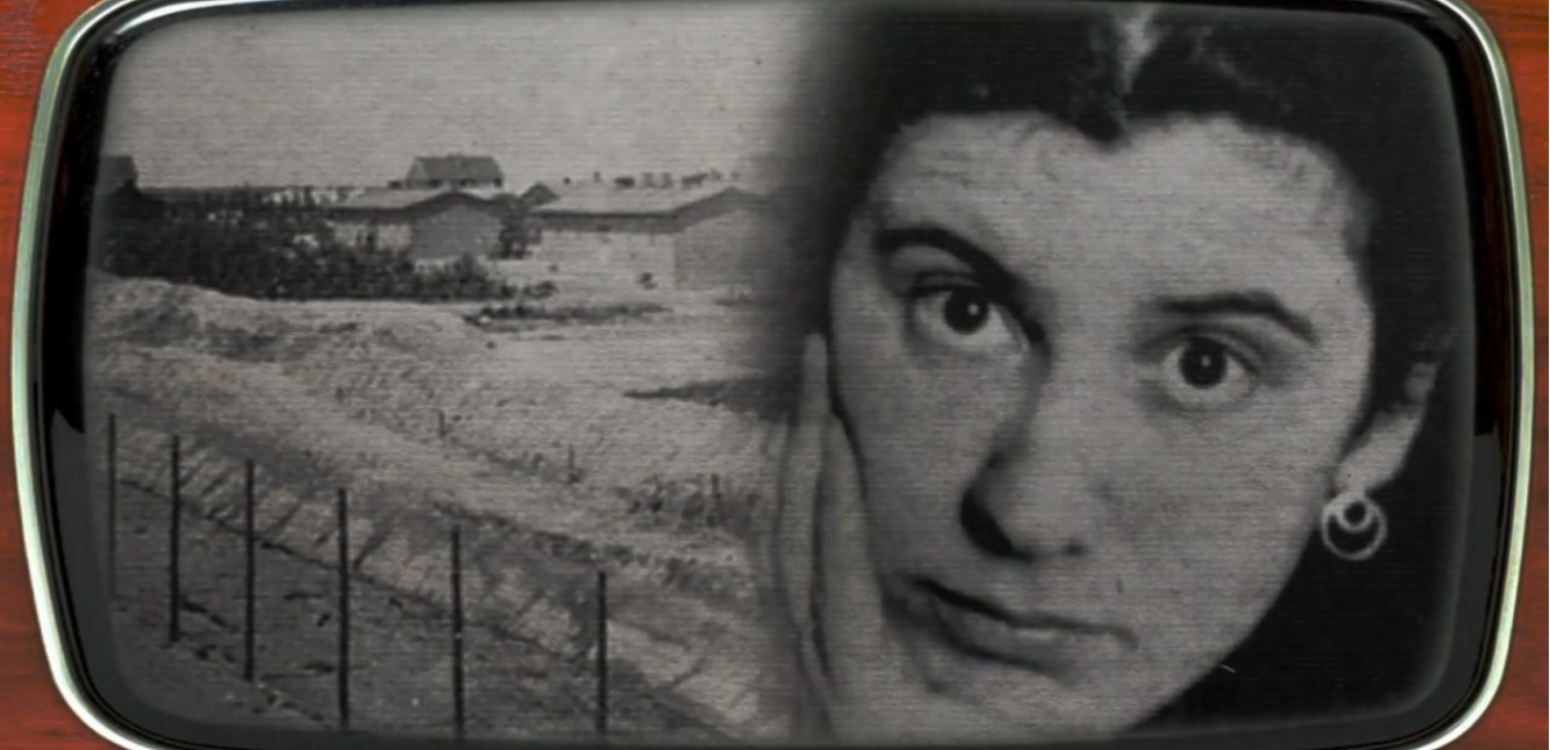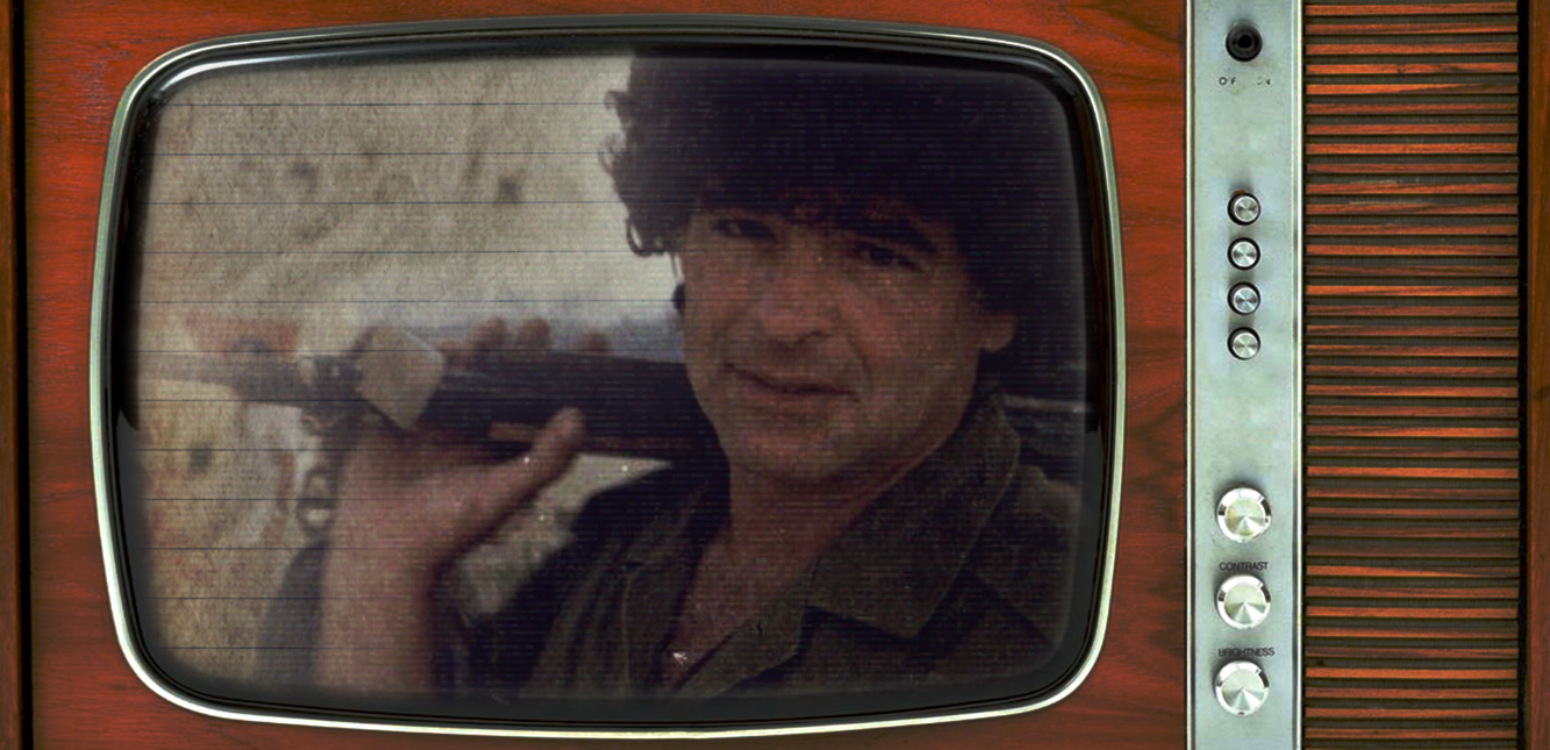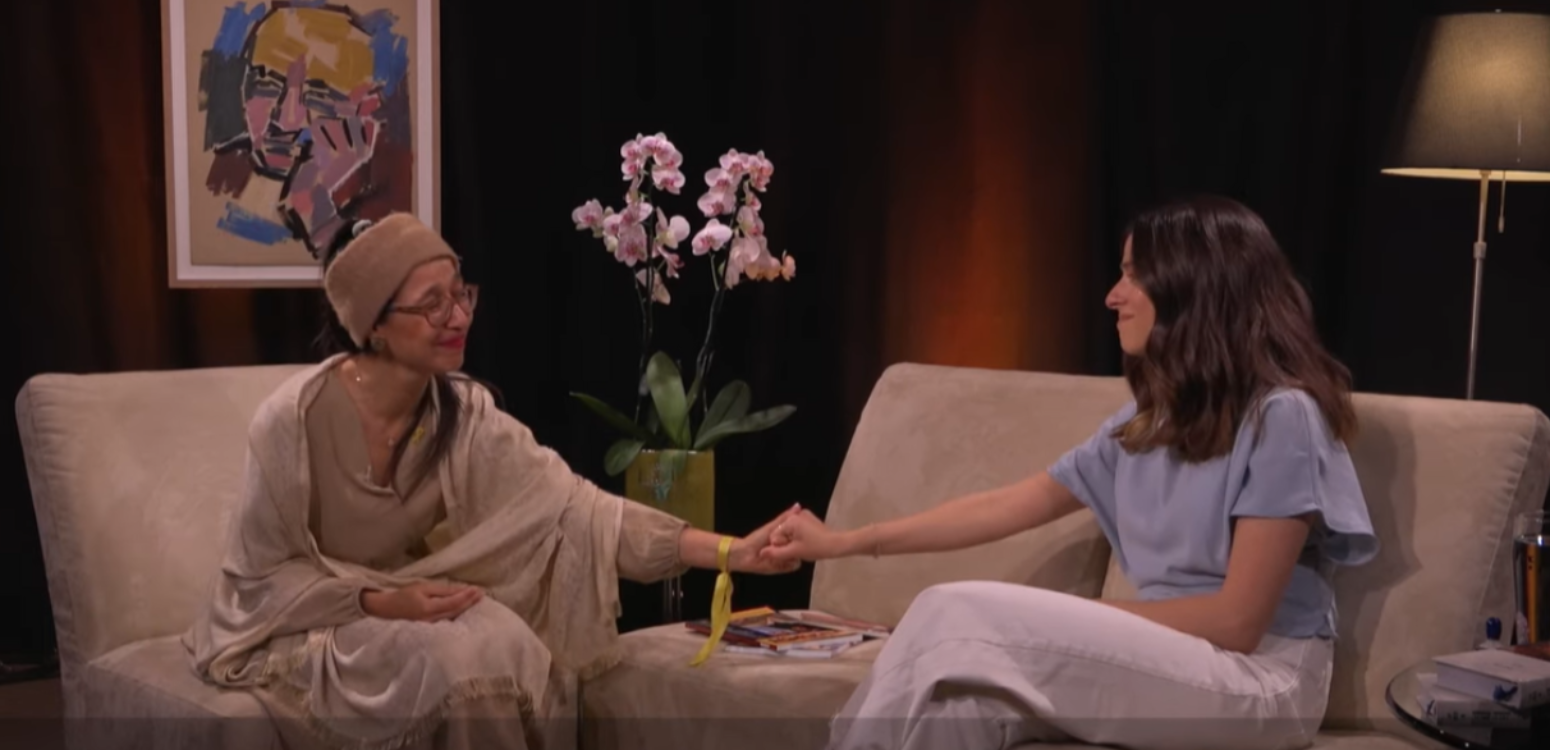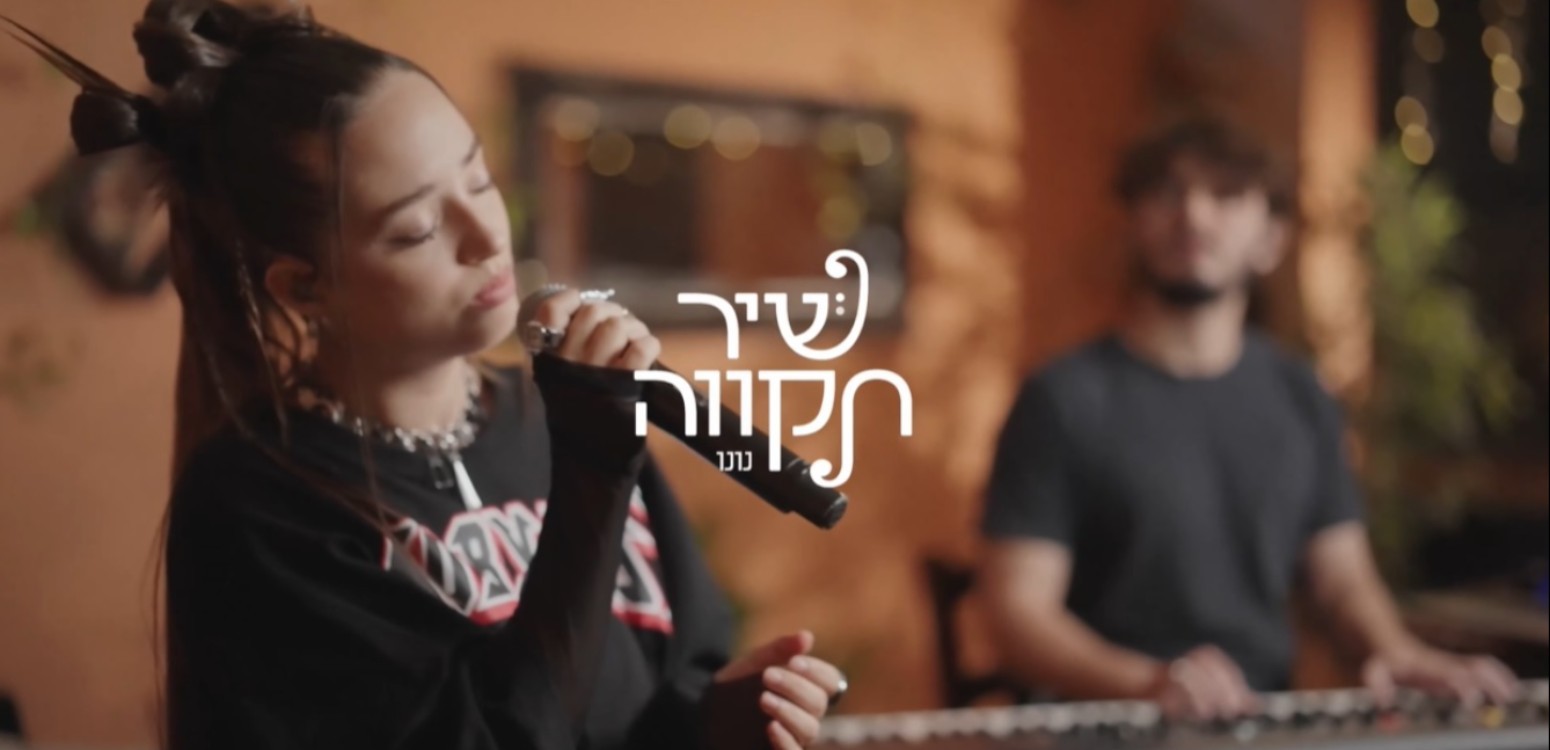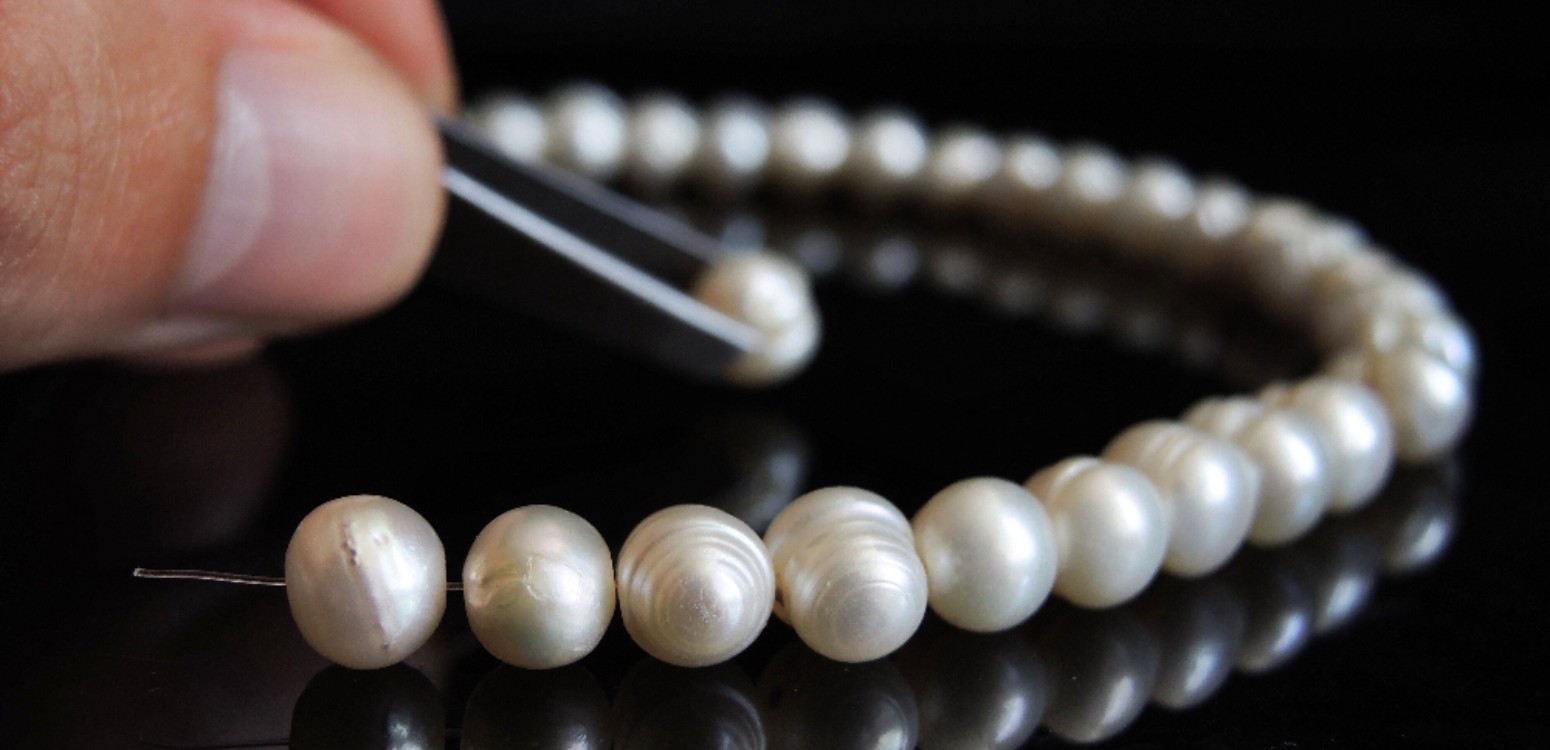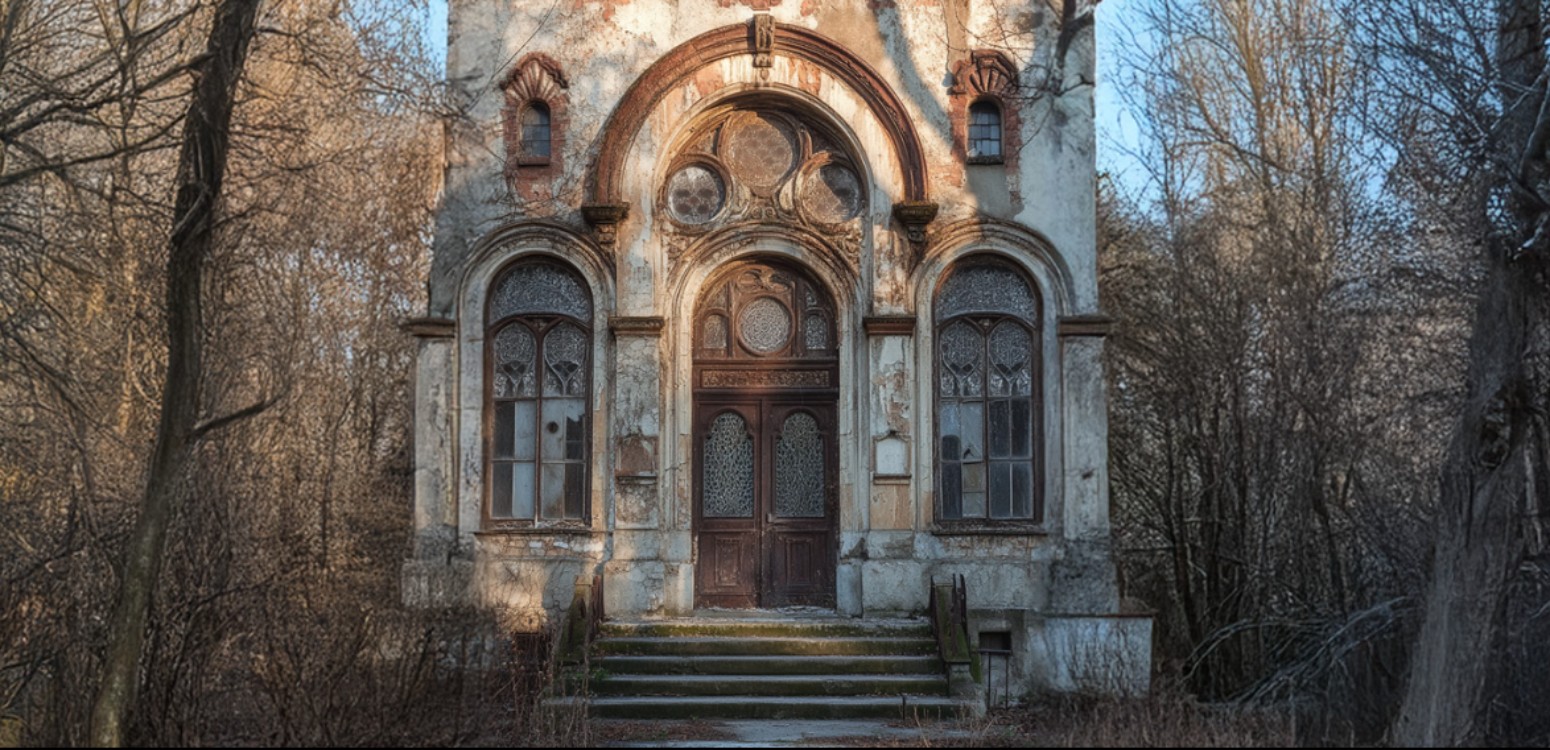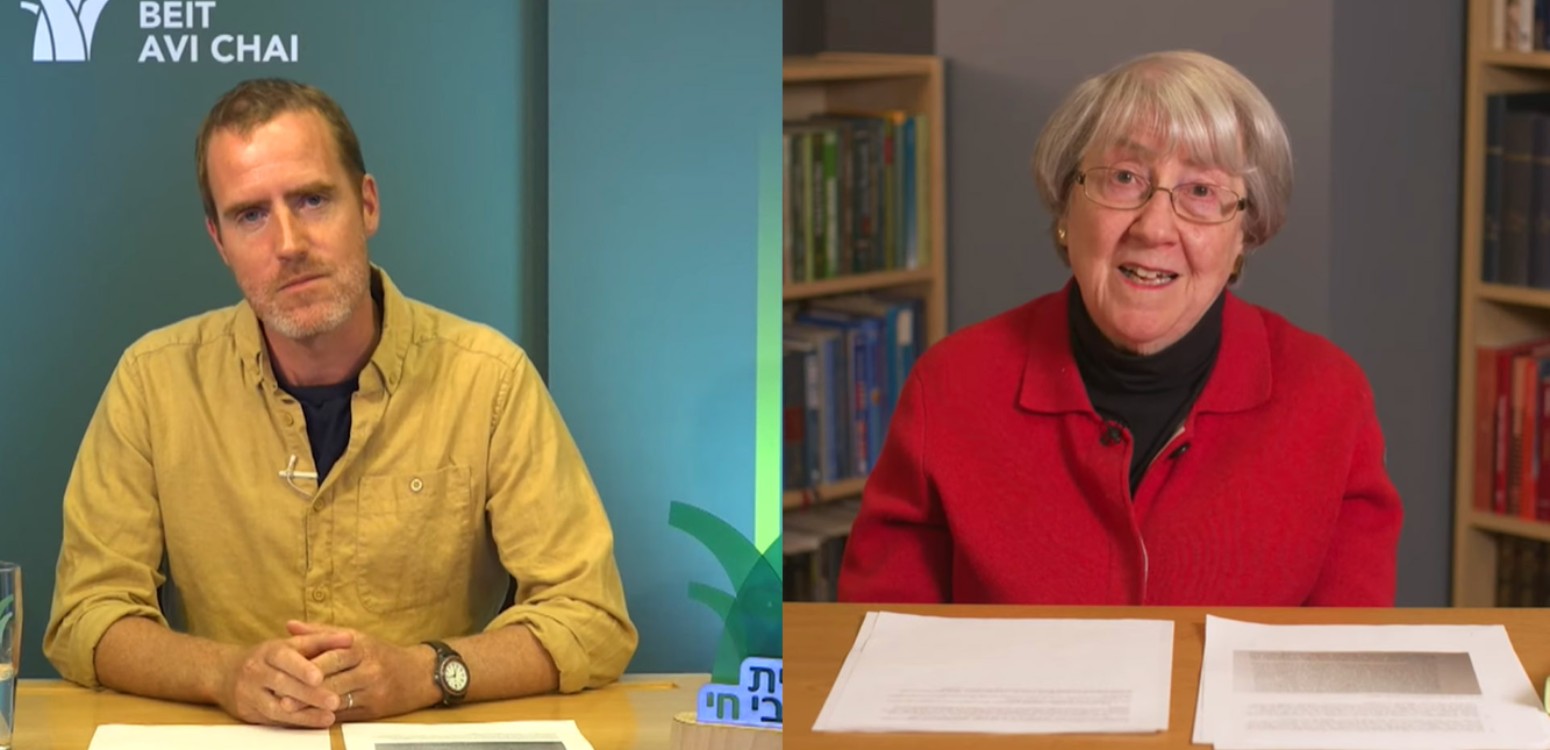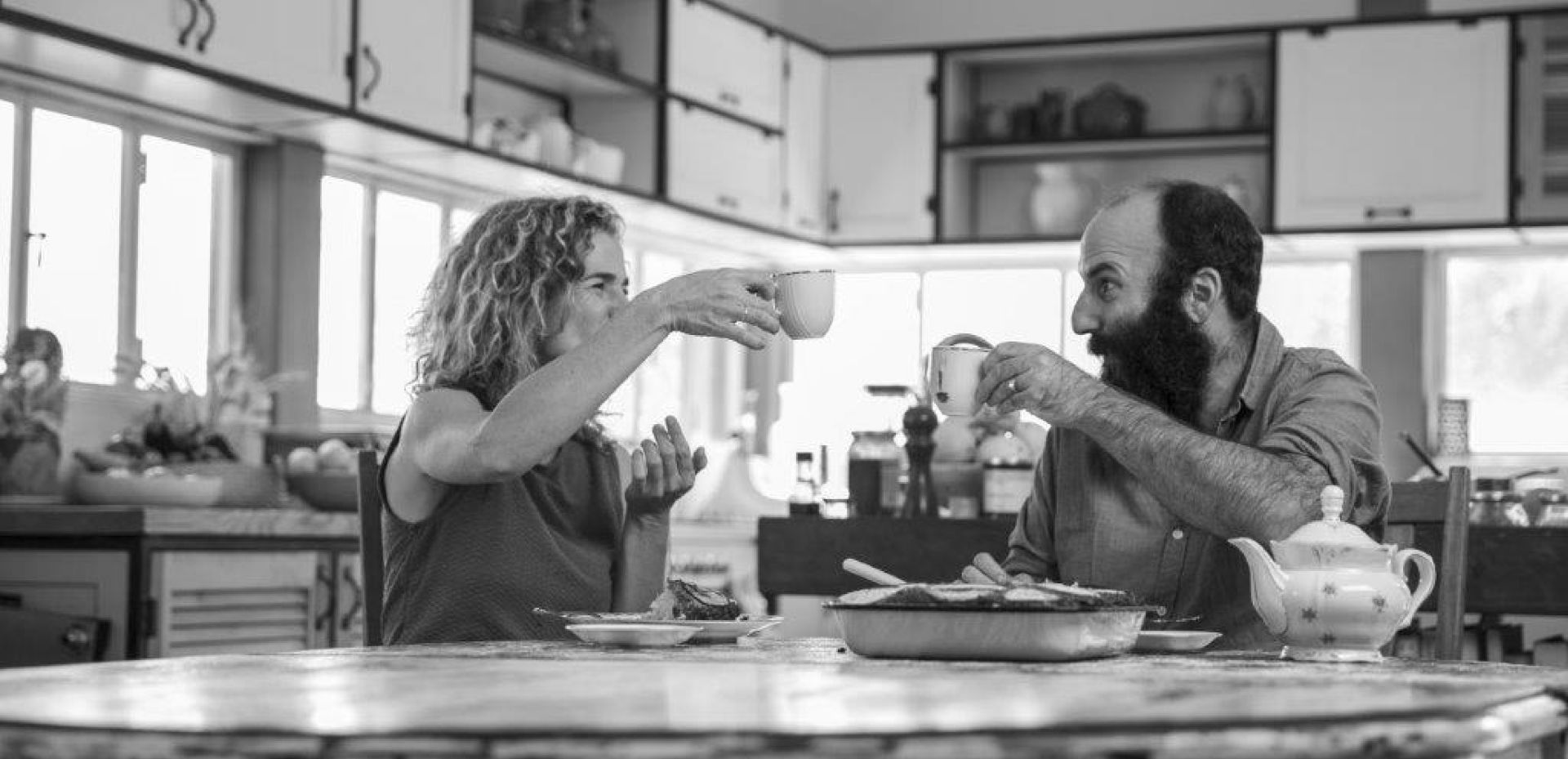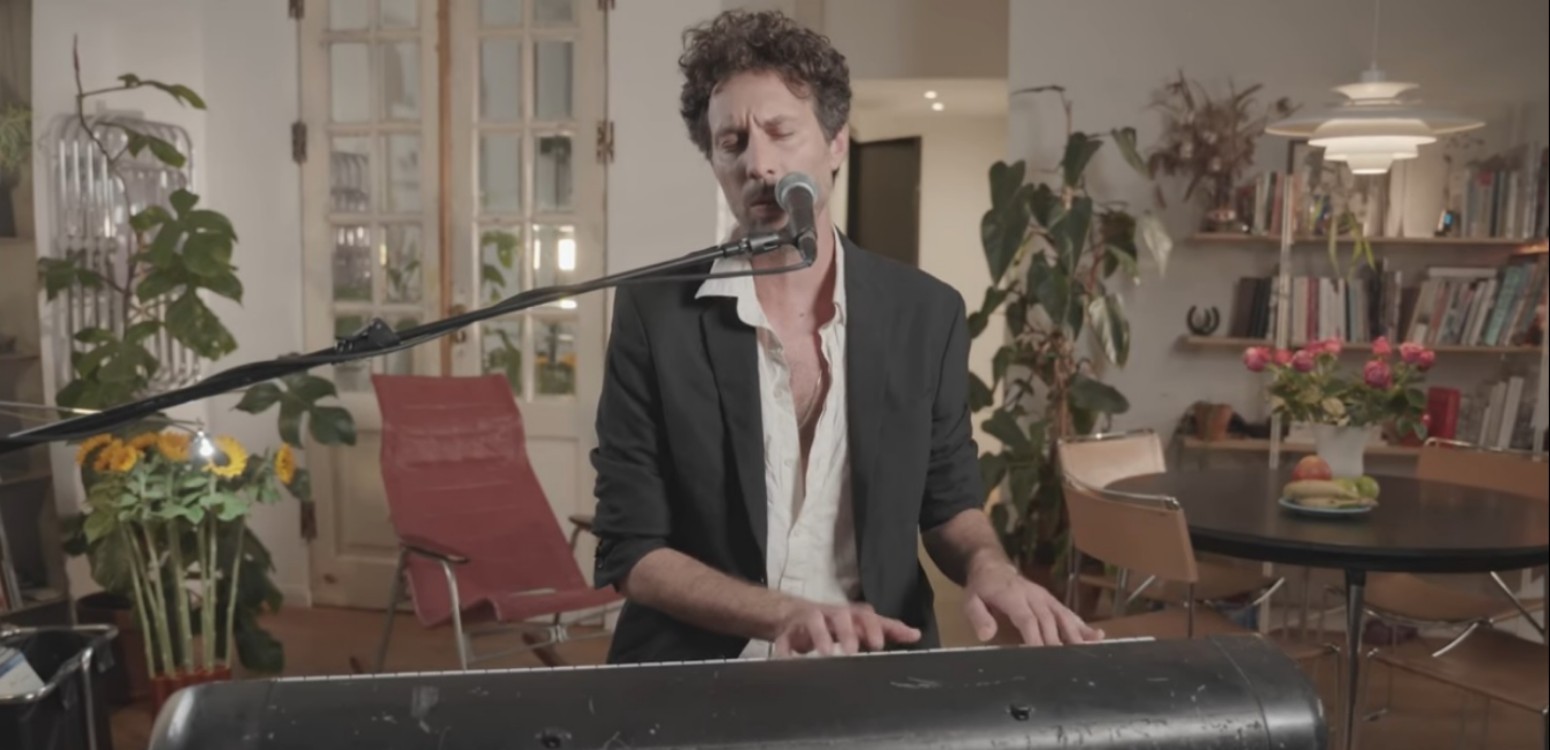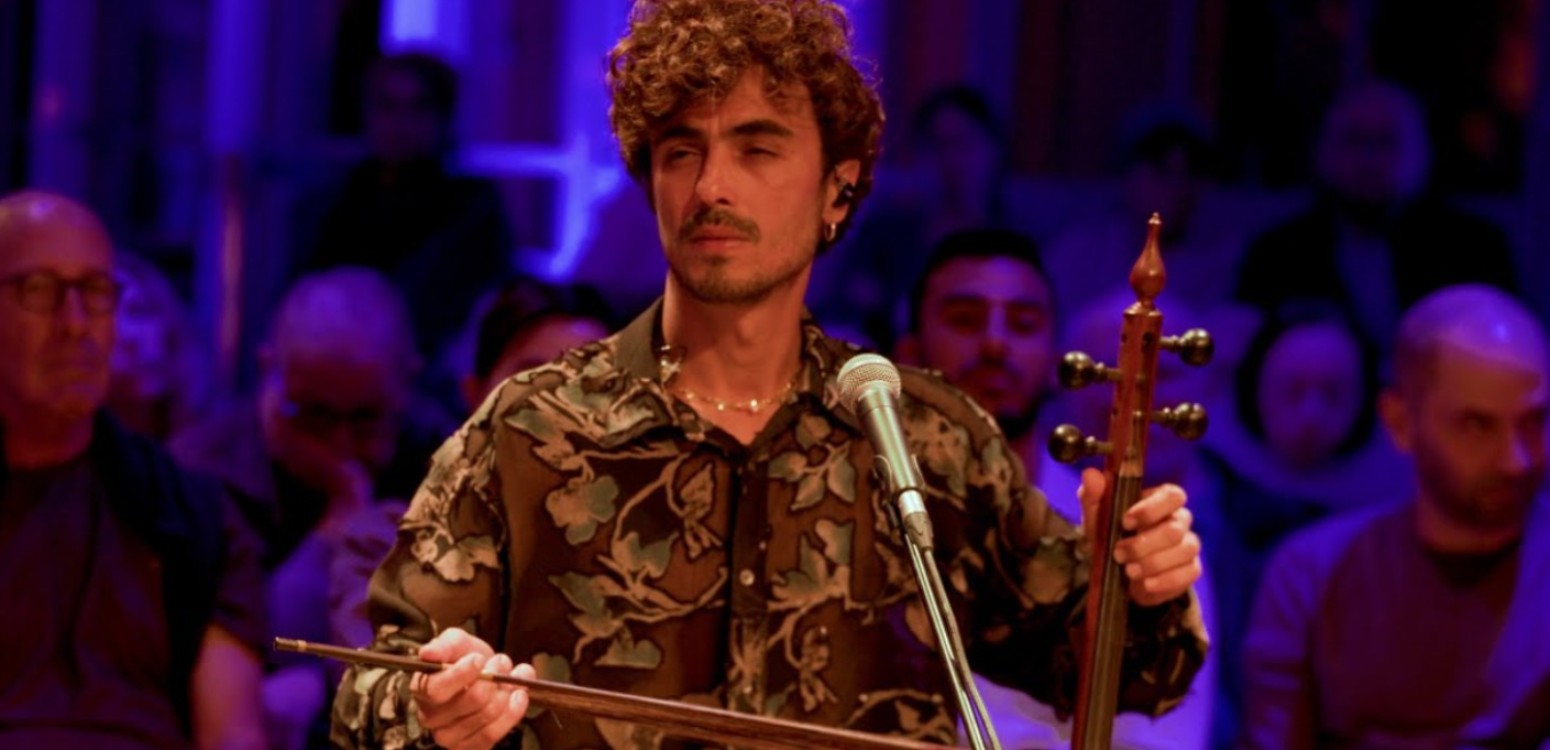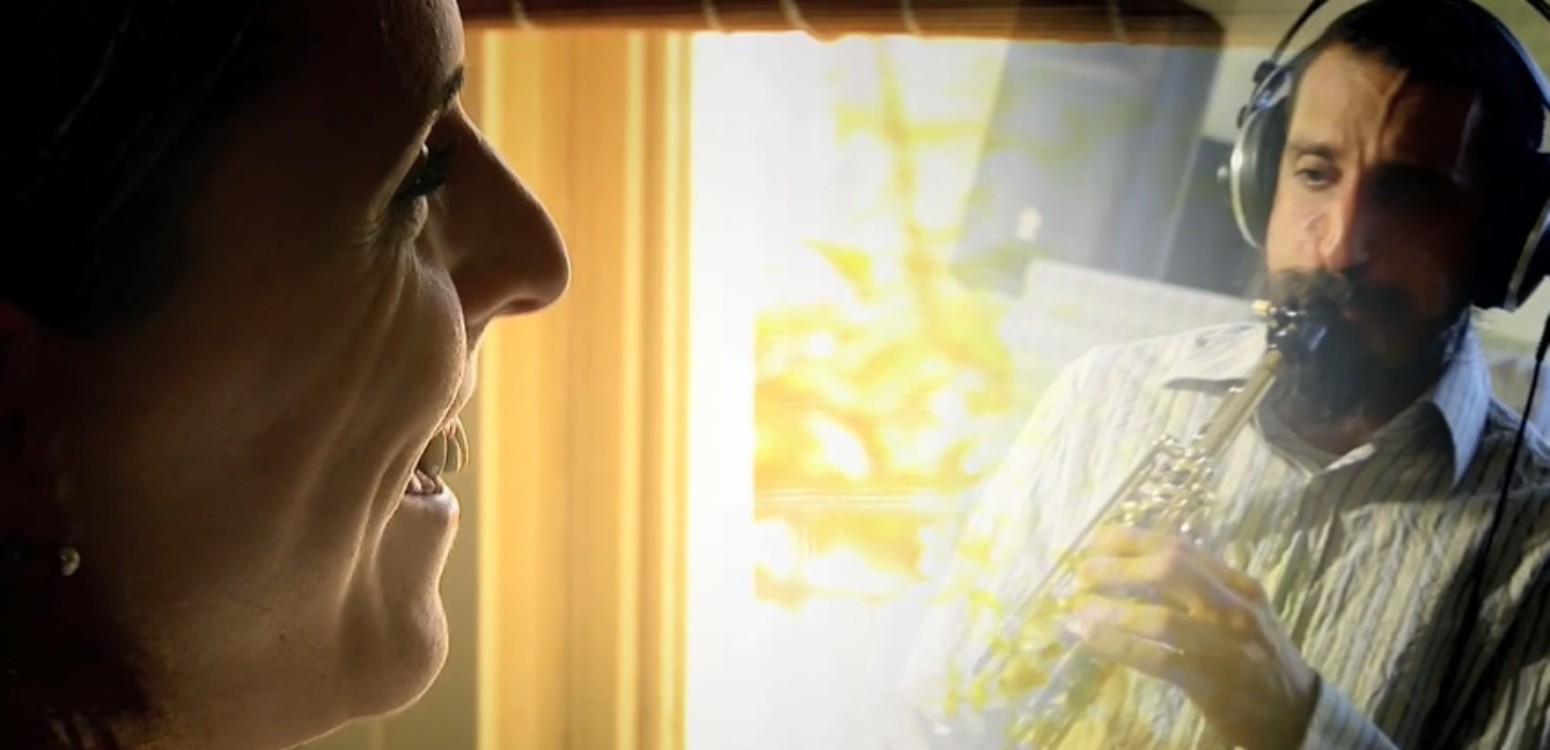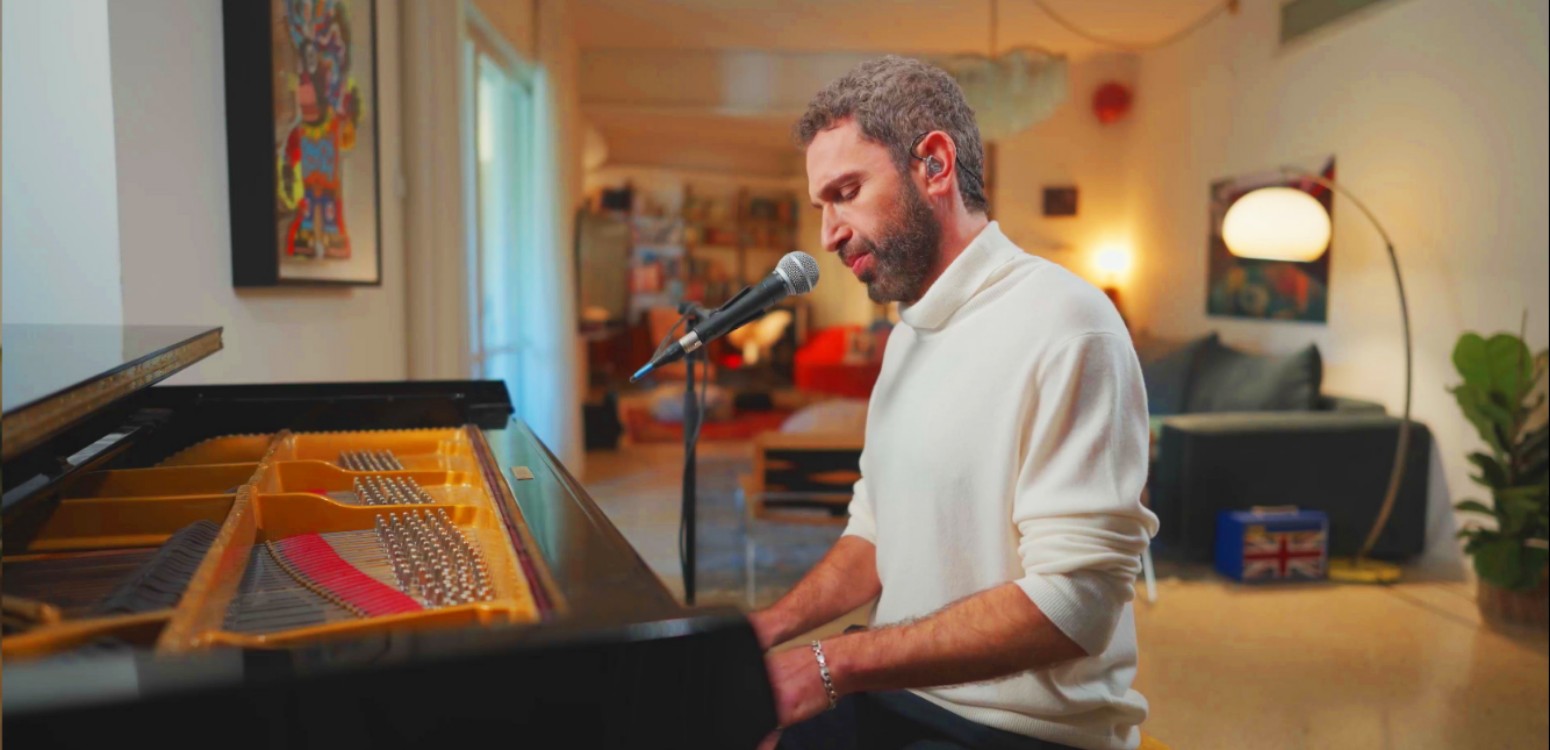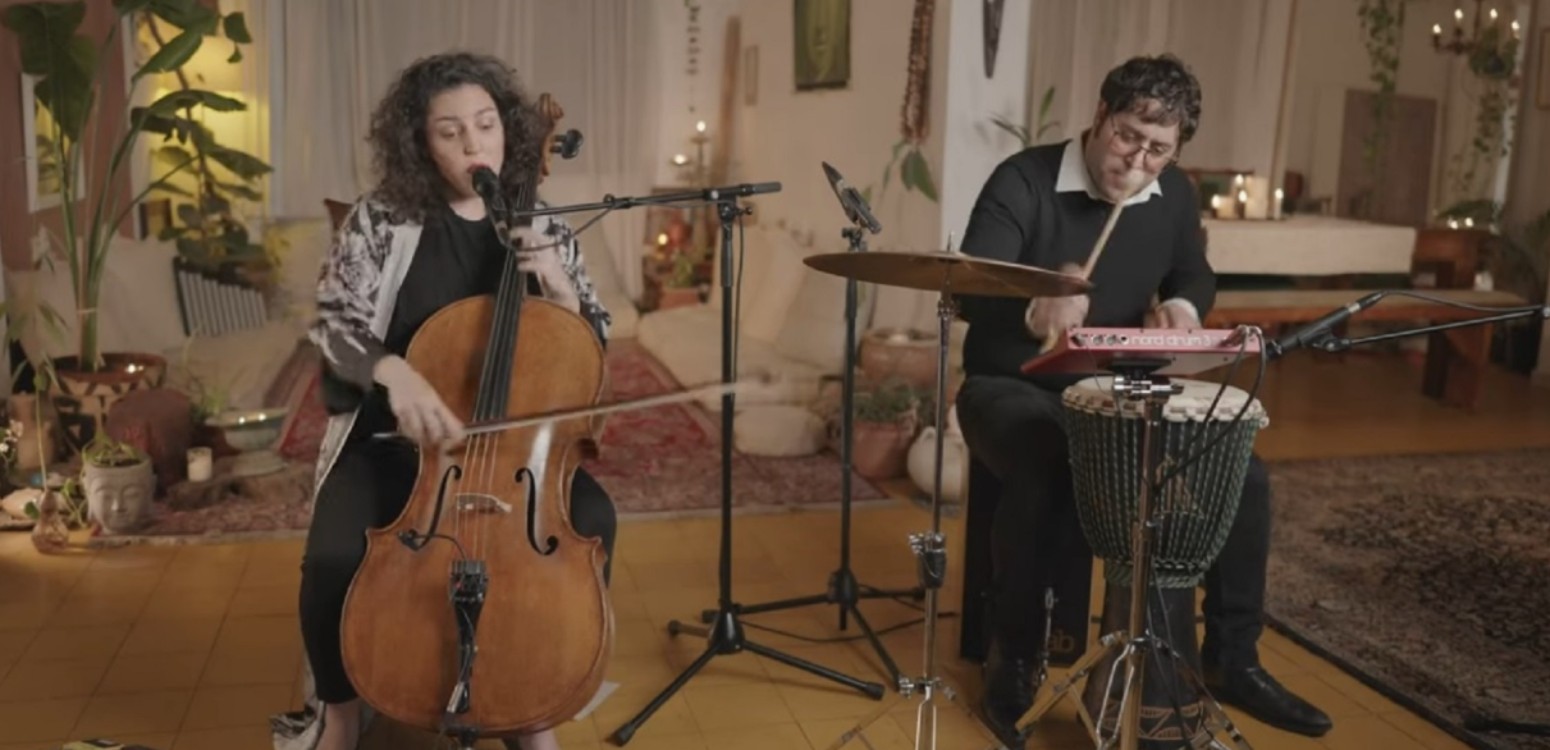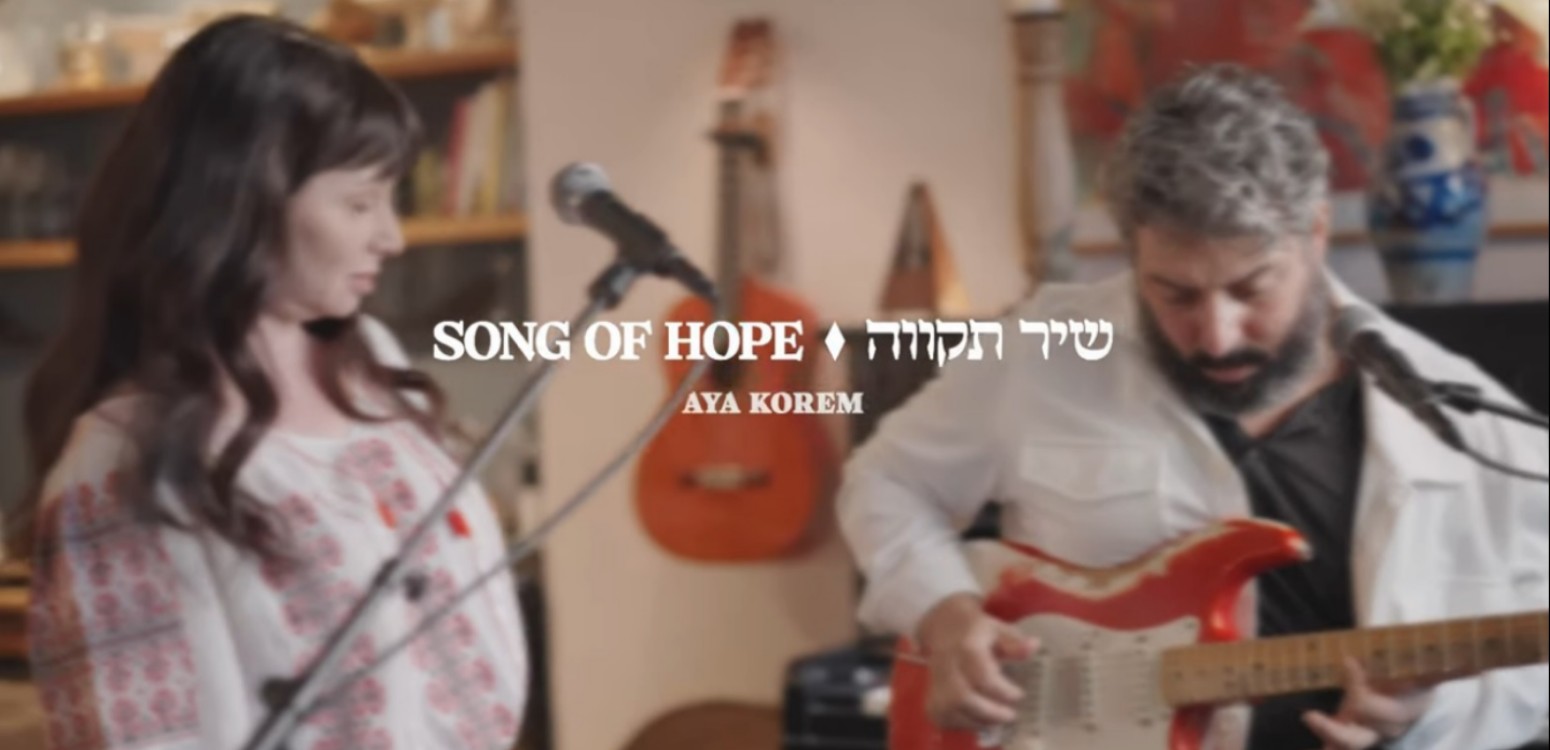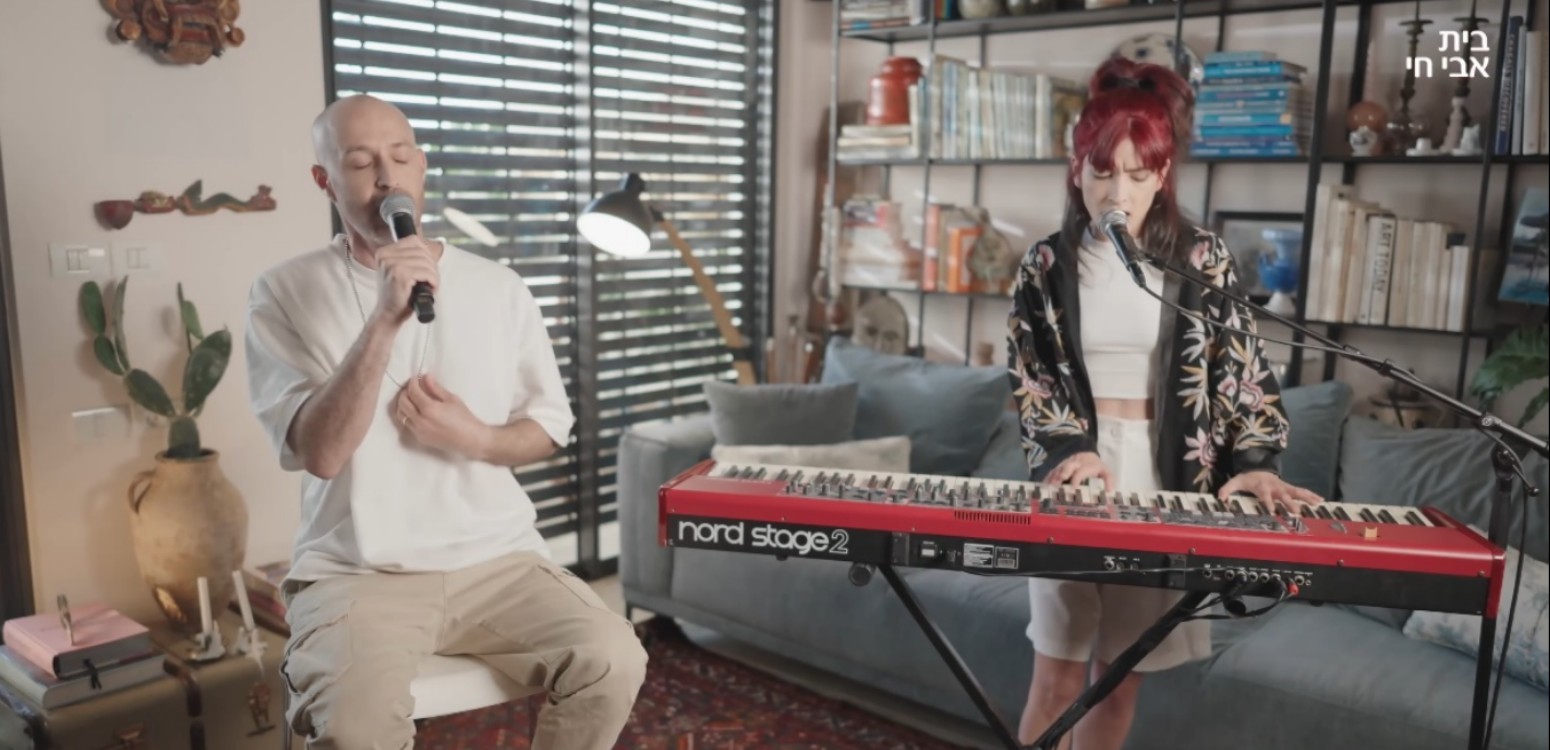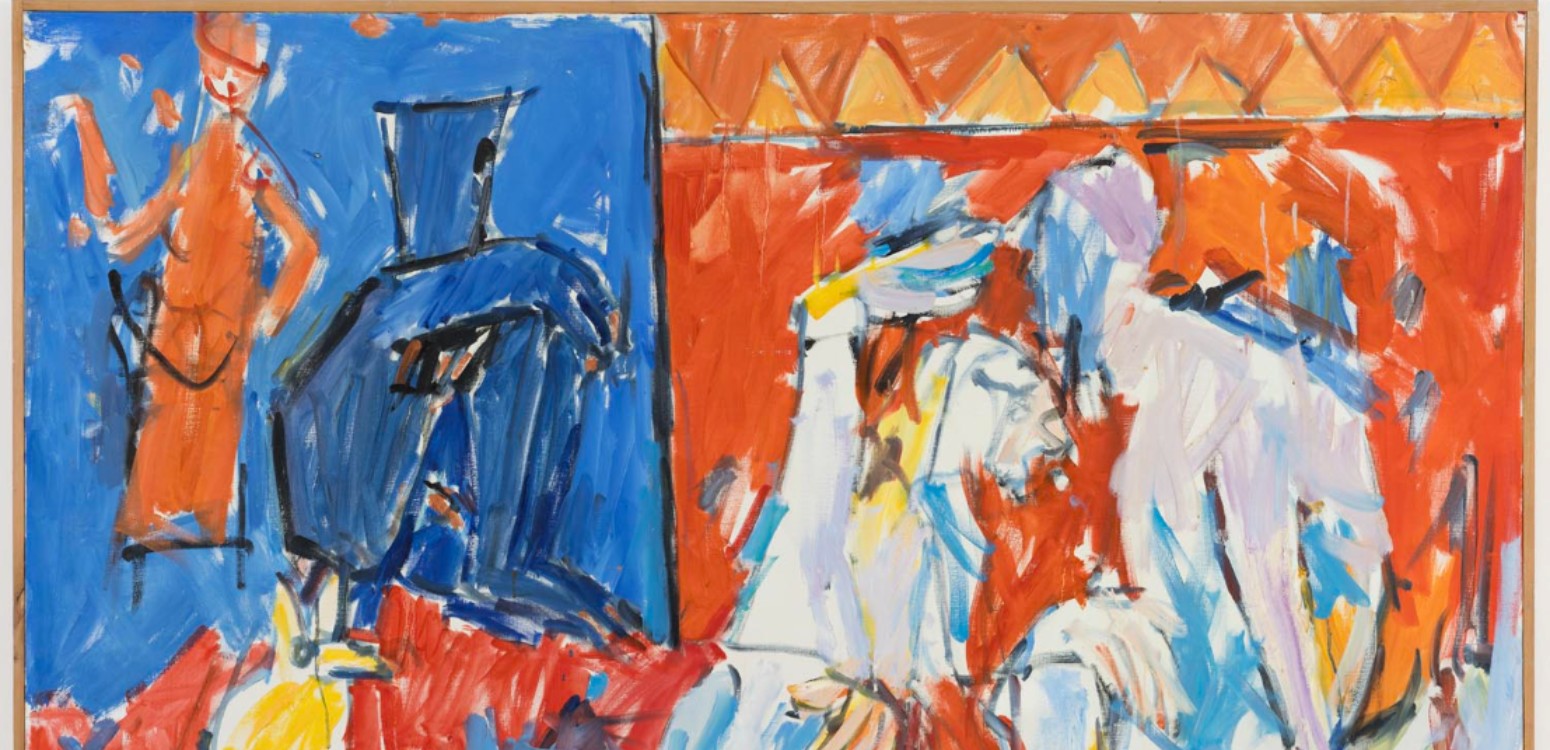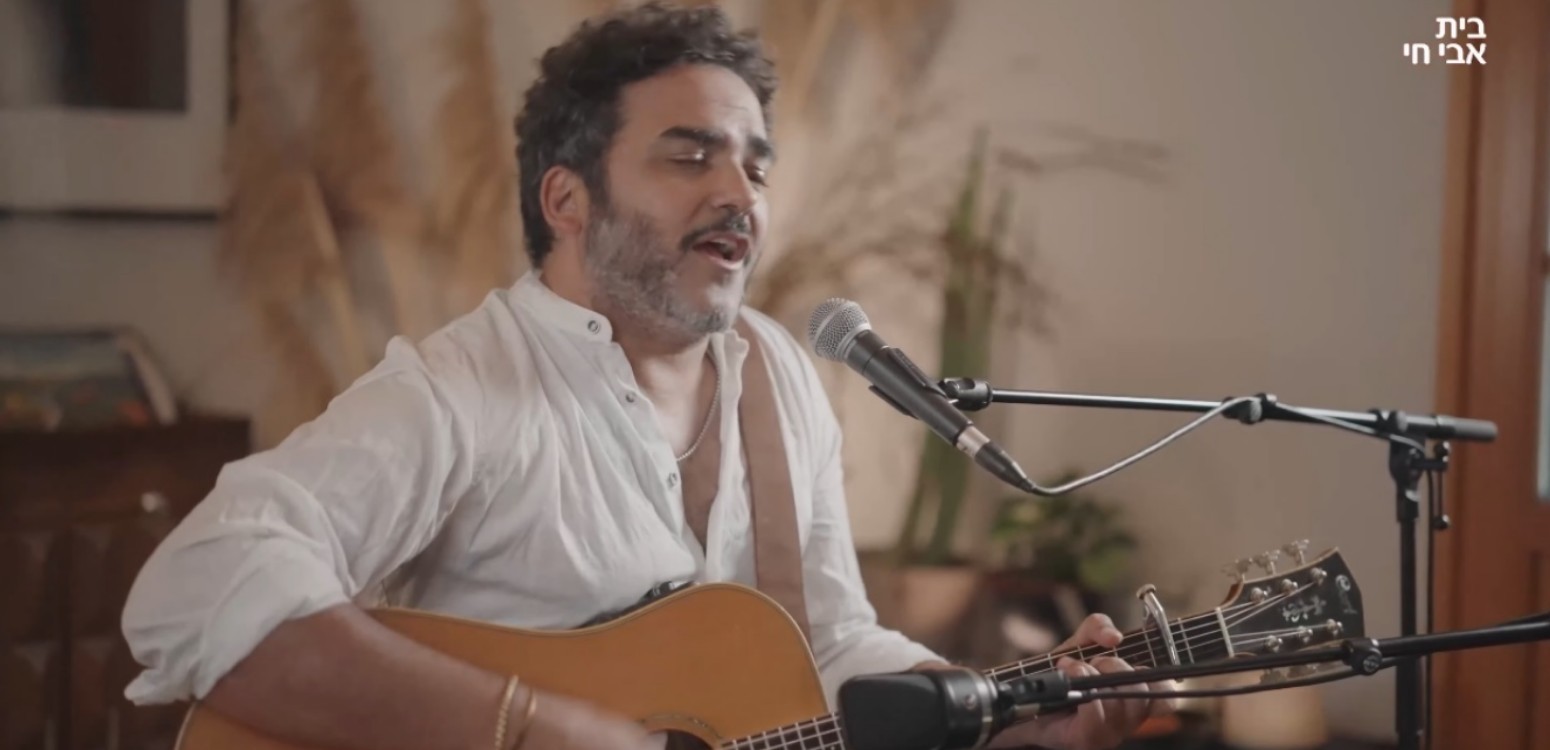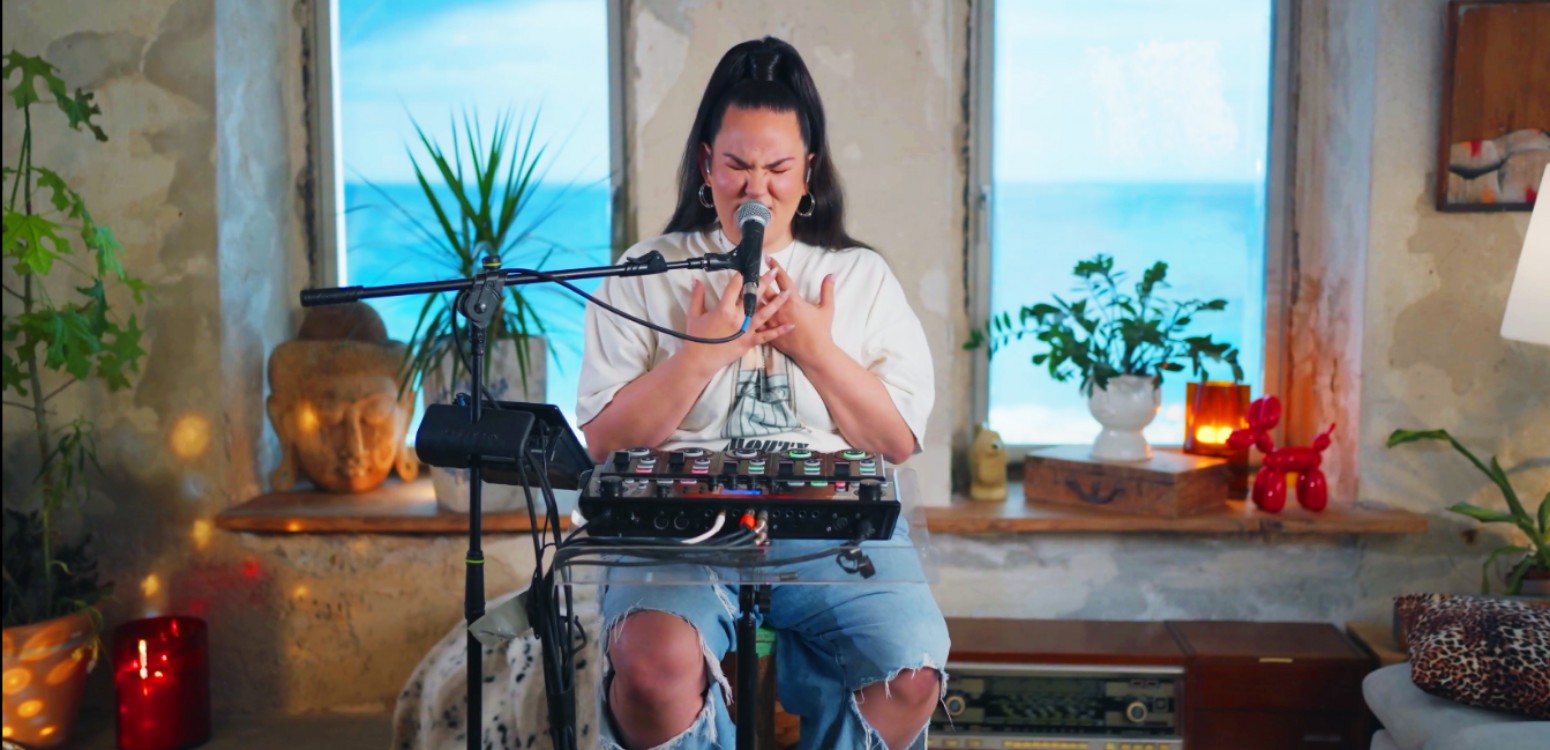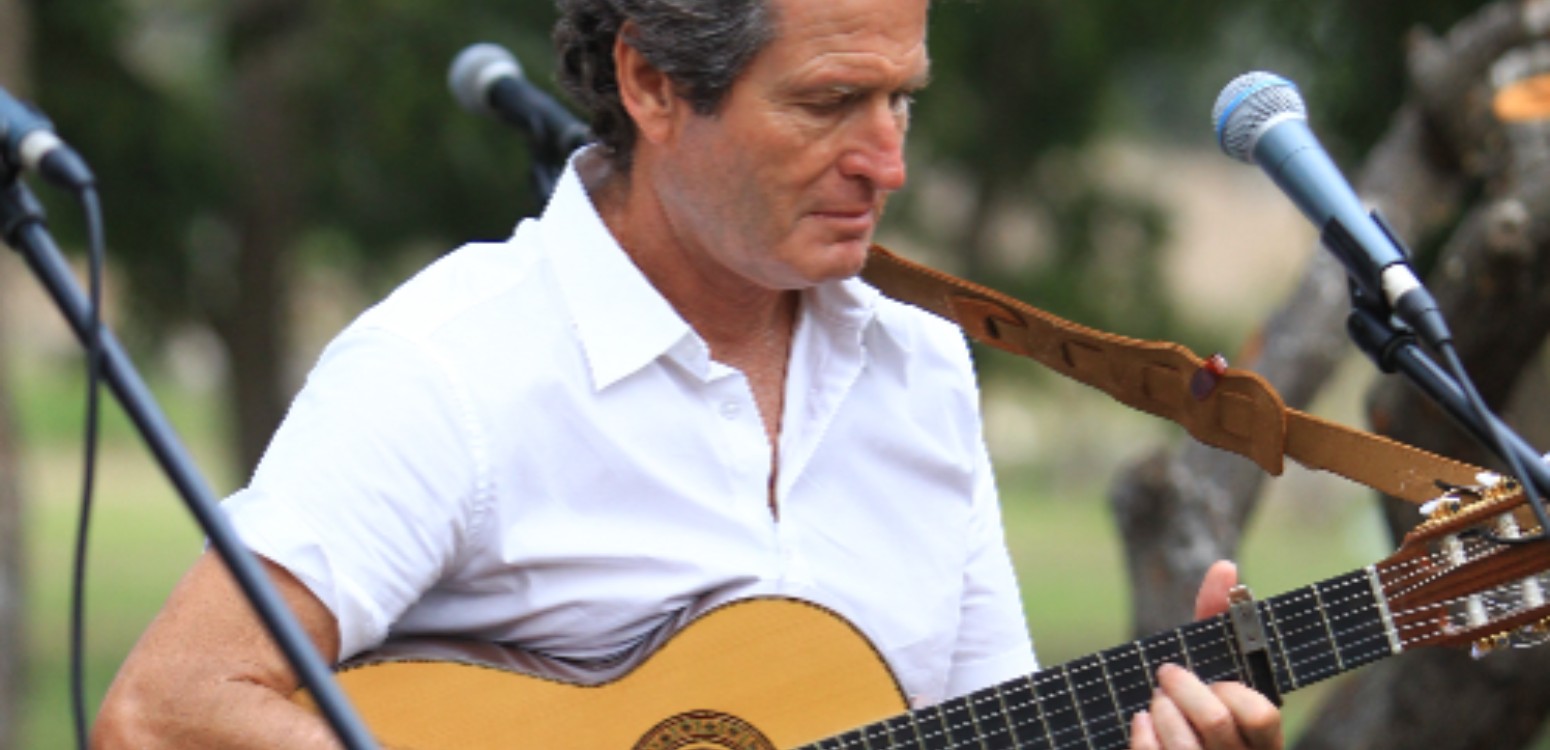
Parashat Vayakhel: It’s Time to Open the Second Eye
Today, as women reclaim their place in the halls of Jewish learning, we are witnessing nothing less than the restoration of Judaism's stereoscopic vision—a tradition that can finally see with both eyes open
In the ancient narrative of the tabernacle’s construction, both men and women were described as “wise-hearted,” contributing their unique talents to a sacred communal endeavor. Yet somewhere along the centuries-long journey of Jewish tradition, this partnership of wisdom was severed—women’s knowledge relegated to the spinning of thread while men claimed exclusive ownership of Torah study. It is one of history’s great ironies that the very phrase “wise-hearted woman,” originally a testament to female wisdom in sacred work, was later weaponized by Rabbi Eliezer to exclude women from the intellectual sphere of Judaism.
Wisdom of heart
The work of building the tabernacle is described as shared between women and men, and throughout the story, the attributes “wise-hearted” or “wisdom of heart” are mentioned several times. Here are some examples:
“All those who are wise in heart among you shall come and make all that the Lord has commanded… And they came—both men and woman—all who were generous of heart... And every wise-hearted woman spun with her hands; and they brought the spun yarn of greenish-blue wool, dark red wool, crimson wool and fine linen... Every man and woman whose generous heart inspired them to bring something for all the work that the Lord had commanded to be done through Moses [did so]. The children of Israel brought a free-will gift to the Lord.” (Exodus 35:10-29)
Despite the Torah acknowledging “wisdom of heart,” men historically claimed exclusive rights to knowledge. Rabbi Eliezer, a prominent I–II century sage, employed this very phrase to exclude women from Torah study.
When a wise woman questioned him about the golden calf incident—asking why people who comitted identical sins received different punishments (some died by sword, others by water or plague)—Rabbi Eliezer responded dismissively: “There is no wisdom in a woman except weaving with a spindle, and so it states: ‘Every wise-hearted woman spun with her hands.’” (Babylonian Talmud, Yoma 66b)
Through this interpretation, Rabbi Eliezer publicly humiliated the woman, suggesting that female wisdom extends only to spinning. After she left embarrassed, his male students pressed for an answer to her question. Only then did Rabbi Eliezer engage substantively, explaining that punishments varied according to each person’s level of involvement in worshipping the golden calf.
This incident reveals how a phrase originally celebrating women’s wisdom became a tool for their exclusion from religious intellectual life.
“May the words of the Torah be burned and not be delivered to women!”
There is another version of this story, a harsher one, which appears in the Jerusalem Talmud. There it is said that the questioning woman was a matrona, a title given to respected non-Jewish women, and after Rabbi Eliezer responded to her that a woman’s wisdom is only in the spindle, his son Hyrcanus asked him why he answered her that way. His harsh response was: “May the words of the Torah be burned and not be delivered to women!” (Jerusalem Talmud, Sotah, Chapter 3, Halakha 4)
For hundreds of years, almost all halakhic poskim, legal scholars, all men of course, believed that women were forbidden to study Talmud. Since the feminist revolution, more and more poskim can be found who accept that this prohibition is no longer valid today. In an exciting renewal process within Orthodoxy, more and more ulpanot (girls’ religious high schools) and midrashot (women’s religious study institutions) are appearing where women regularly study the Talmud. There are already women with rabbinic authority who lead communities, and a number of women halakhic poskim. But still very few.
Seeing with one eye
Beyond Orthodox Judaism, a revolution has been unfolding for years. In liberal movements, women serve as rabbis and study Torah in diverse settings across Israel—pluralistic study halls, secular yeshivas, pre-military academies, and numerous study groups. Yet disparities persist: state-religious schools maintain different curricula for girls and boys, with girls excluded from Talmud study. In ultra-Orthodox institutions, boys focus almost exclusively on Talmud while girls have no access to it whatsoever.
What has Judaism lost by excluding wise women from the study hall? How might the Talmud differ if created through partnership of diverse heart-wisdoms? Israeli educator and social activist Leah Shakdiel, in "Opening the Second Eye" (De’ot 2, Av 5758), compared male-only Torah study to seeing with one eye closed.
Now, as the second eye opens, our world expands. The flat vision of the past gives way to depth of perception, revealing new dimensions of reality. Through shared study between wise-hearted men and women, we gain broader, deeper understanding, unveiling spiritual realms previously unseen. May this journey of discovery continue.
Lior Tal Sadeh is an educator, writer, and author of “What Is Above, What Is Below” (Carmel, 2022). He hosts the daily “Source of Inspiration” podcast, produced by Beit Avi Chai.
For more insights into Parashat Vayakhel, listen to “Source of Inspiration”>>
Translation of most Hebrew texts sourced from Sefaria.org
Main Photo: The Erection of the Tabernacle and the Sacred Vessels (illustration from the 1728 Figures de la Bible)\ Wikipedia
Also at Beit Avi Chai

